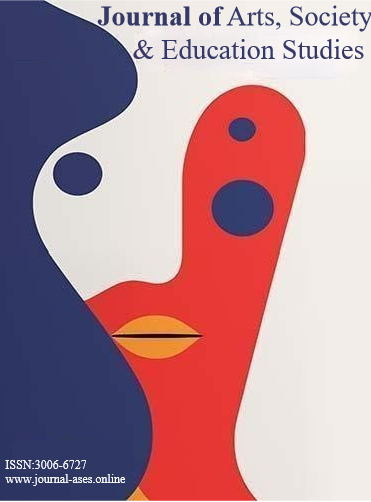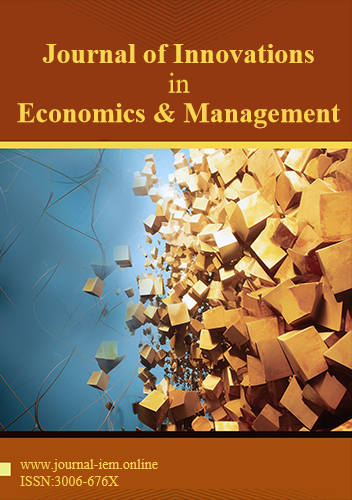 An open access journal
An open access journal
The Impact of Air Pollution on Respiratory Health: A Comprehensive Review
Abstract
Air pollution is a significant public health concern worldwide, with adverse effects on respiratory health being well-documented. This comprehensive review examines the various pollutants present in the air, their sources, and their impact on respiratory health. Particulate matter, nitrogen dioxide, sulfur dioxide, ozone, and volatile organic compounds are among the key pollutants discussed, along with their mechanisms of action and associated health outcomes. Additionally, the review explores vulnerable populations, such as children, the elderly, and individuals with pre-existing respiratory conditions, who are at higher risk of experiencing adverse health effects from air pollution exposure. Strategies for mitigating air pollution and protecting public health are also discussed, emphasizing the importance of policy interventions, technological advancements, and public awareness campaigns.
Share and Cite
Article Metrics
References
- Pope, C. A., Dockery, D. W., & Schwartz, J. (1995). Review of epidemiological evidence of health effects of particulate air pollution. Inhalation Toxicology, 7(1), 1-18.
- Brunekreef, B., & Holgate, S. T. (2002). Air pollution and health. The Lancet, 360(9341), 1233-1242.
- Kelly, F. J., & Fussell, J. C. (2012). Air pollution and public health: emerging hazards and improved understanding of risk. Environmental Geochemistry and Health, 34(4), 477-478.
- Thurston, G. D., & Kipen, H. (1999). An epidemiological perspective on cardiovascular health effects of air pollution. Research Report (Health Effects Institute), (88), 3-14.





